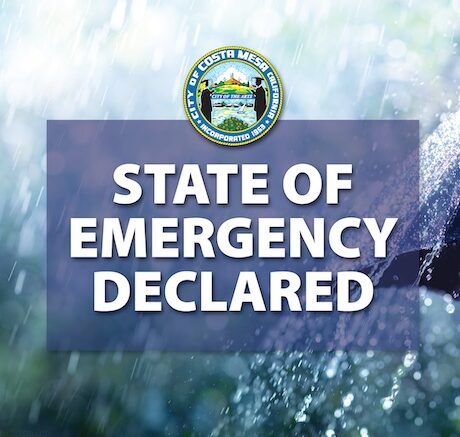Governor Gavin Newsom has proclaimed a state of emergency for eight counties in Southern California as a series of winter storms began impacting much of the state with high winds, damaging rain and heavy snowfall.
The proclamation covers Los Angeles, Orange, Riverside, San Bernardino, San Diego, San Luis Obispo, Santa Barbara and Ventura counties. The emergency proclamation includes provisions authorizing a California National Guard response if tasked, facilitating unemployment benefits for impacted residents, and making it easier for out-of-state contractors and utilities to repair storm damage.
5 things you can to do stay safer:
☎️ Stay connected. Dial 311 to get help or ask questions. If you have a critical emergency, call 911. Stay informed by signing up for emergency alerts including warnings and evacuation notices at org.
👨🚒 Get your information from trusted sources. Check state and local government or emergency management websites and social media accounts for trusted information specific to your area. Local news outlets and meteorologists are also a good source of information. Be wary of posts from unknown sources on social platforms or from online ‘experts’ without credentials.
💨 Prepare for high winds. Before a high wind event: remove any dead trees or overhanging branches near structures, remove loose roofing material, bring in unsecured objects from patios and balconies, secure outdoor objects that could blow away, shutter windows securely and brace outside doors. During a high wind event: take cover next to a building or under shelter, stay away from windows, stay clear of roadways and train tracks, avoid elevated areas such as roofs, watch for flying debris.
🚙 Travel safely. Avoid non-essential travel during the peak of the storm expected Sunday and Monday. If you must drive, download the QuickMap app or visit QuickMap (ca.gov) to learn up-to-the-minute information on road conditions, traffic, closures, and more. Do not walk, swim or drive through flood waters. Turn Around, Don’t Drown! Remember, just six inches of moving water can knock you down, and one foot of moving water can sweep your vehicle away.
🔦 Be ready in case of power outages. Take inventory of the items you need that rely on electricity. Keep your devices charged. Plan for batteries and other alternative power sources to meet your needs if the power goes out such as a portable charger or power bank. Have flashlights for every household member.



